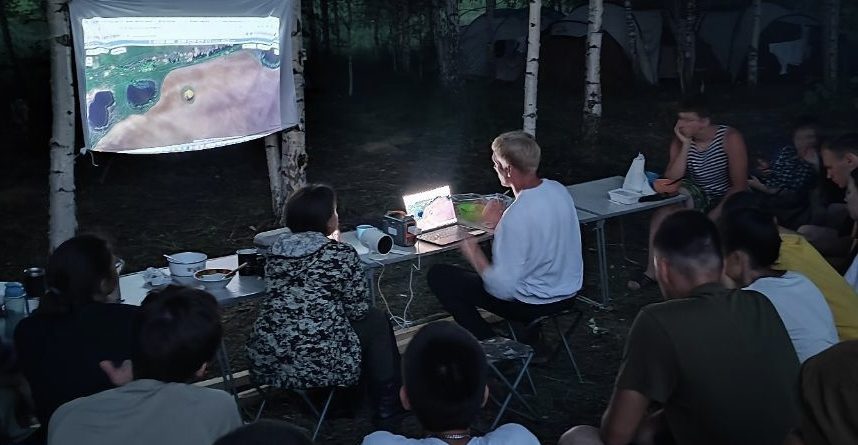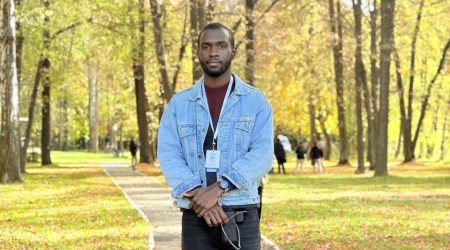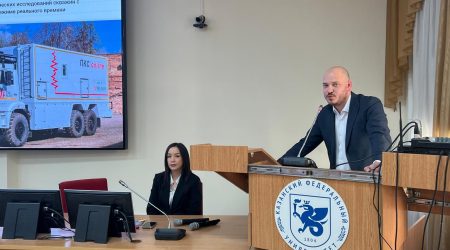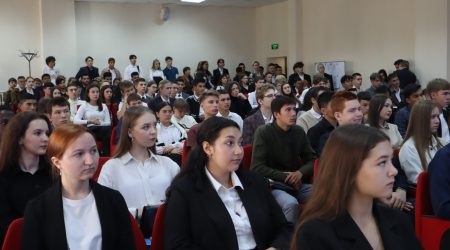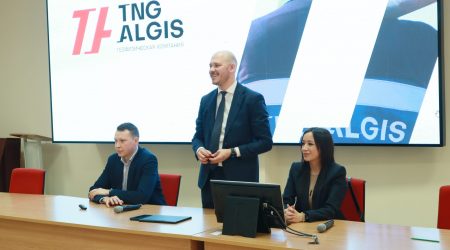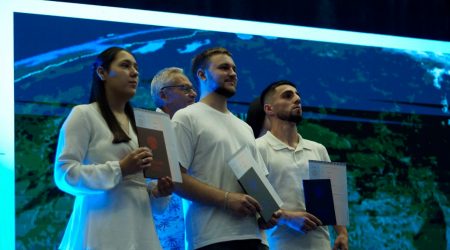Students return from field studies in Zelenodolsk District
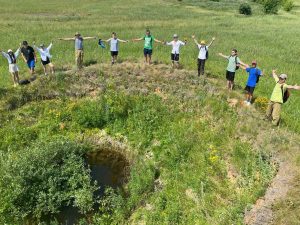
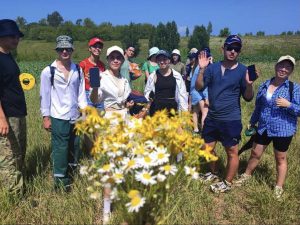
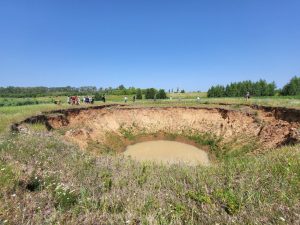
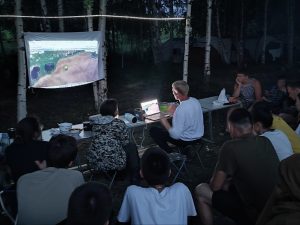
A group of 26 students of engineering geology and hydrogeology interned at the Sobakinskiye Yamy (lit. Dog Pits) polygon in Ulitino settlement near Kazan.
All the field work was supported by the cloud application SoilBox.app and supervised by associate professors of the Department of General Geology and Hydrogeology Airat Latypov and Anastasiya Garayeva.
“‘Zoomers, or the Internet generation, as it is called today, have been friends with high technology since childhood, and therefore the format of the practice was adapted to contemporary realities,” Latypov comments.
In their work, the students used the module ‘Description of engineering-geological wells’, which allows them to fill in drilling logs, describe soils, take photos of samples and core material using a mobile device. According to Latypov, such a format is very pertinent when conducting real engineering and geological surveys, as it allows the desk team to instantly receive the results of field work regardless of the remoteness of the field team.
“In the educational process, this approach allows to create a simultaneous effect of learning and independent work, as practice supervisors have the opportunity to create tasks online and control the work of individual teams of students at a distance, and the intelligent description assistant with hints, pictures, and reference information increases the acquisition of the learning material. The young people are more comfortable describing a well or a sinkhole using a smartphone than making notes with a pencil in a notebook,” continues the chaperone.
A novelty of this year the use of the ‘Observation Points’ module, which helps to simplify the description of dangerous engineering-geological processes. Latypov notes that thanks to the convenient and intuitive interface students instantly learned how to describe karst-suffosion manifestations, gully erosion, and landslides in the mobile application. As a result, all karst sinkholes of the polygon were digitized by the students and put on a single map.
In addition, every evening concluded with a collective cross-review and sharing of impressions.
The camp, thanks to its proximity to the Volga River, also provided plenty of opportunities for swimming, and the healthy amount of fieldwork in the open air gave the participants ample appetite.
“No one could have imagined that so many different and tasty dishes could be prepared on the campfire and in the field kitchen: from stew and pilaf to cake! On the last evening, we arranged a professional initiation ceremony with a quest for students,” shares Airat Latypov.

